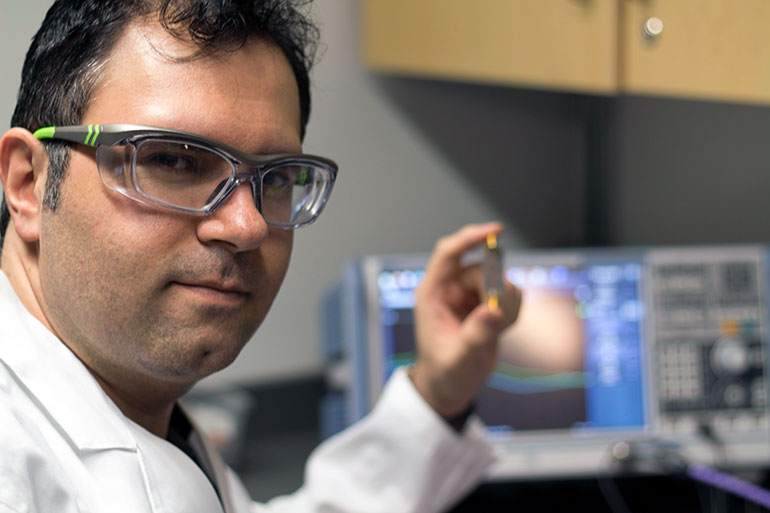Learn about the world-changing discoveries and achievements
What: Nobel Night panel discussion at UBC Okanagan Who: University researchers discuss this year’s Nobel Prizes When: Wednesday, December 12, beginning at 7 p.m., refreshments to follow Where: Lecture theatre FIP 204, Fipke Centre for Innovative Research, 3247 University Way, UBC Okanagan On December 10, thousands of miles away from the Okanagan, world leaders will gather in both Stockholm and Oslo to watch the 2018 Nobel Prizes be officially awarded. It was on this same day in 1901 when the first Nobel Prizes were awarded, fulfilling the intentions of Alfred Nobel’s will. For more than a century, the Nobel Prize awards and Laureates continue to garner international attention for their discoveries and achievements. At UBC Okanagan’s Nobel Night, university professors will explain why the 2018 awards are relevant and significant in today’s changing world. From lasers to curing cancer to the economics of climate change and more, people will learn about some of the world’s most outstanding contributions in physics, chemistry, medicine, peace and economics. The event will be emceed by UBC Okanagan Chief Librarian Heather Berringer. Following the presentations, there will be an opportunity for audience questions and a social with refreshments. Admission is free. For more information and to register: nobelnight.ok.ubc.caAbout the Nobel Prize in Physics
Associate Professor of Electrical Engineering Kenneth Chau will talk about the work of Arthur Ashkin, Gérard Mourou and Donna Stickland for their groundbreaking work in the field of laser physics.About the Nobel Prize in Chemistry
Associate Professor of Chemistry Kirsten Wolthers will discuss the work of Frances H. Arnold, George P. Smith and Sir Gregory P. Winter and their research in harnessing the power of evolution.About the Nobel Prize in Physiology or Medicine
Associate Professor of Medical Physics Christina Haston will highlight the accomplishments of James P. Allison and Tasuku Honjo who were jointly awarded the Nobel Prize in Physiology or Medicine for their work in discovering a new cancer therapy.About the Economic Sciences
Associate Professor of Economics John Janmaat will discuss the work of William D. Nordhaus and Paul M. Romer who have been awarded the Sveriges Riksbank Prize in Economic Sciences in memory of Alfred Nobel. The work of Nordhaus and Romer has broadened the scope of economic analysis by constructing models that explain how the market economy interacts with nature and knowledge.About the Nobel Peace Prize
Professor of Political Science Helen Yanacopulos will speak to the accomplishments of Denis Mukwege and Nadia Murad and their efforts to end the use of sexual violence as a weapon of war and armed conflict.About UBC's Okanagan campus
UBC’s Okanagan campus is an innovative hub for research and learning in the heart of British Columbia’s stunning Okanagan Valley. Ranked among the top 20 public universities in the world, UBC is home to bold thinking and discoveries that make a difference. Established in 2005, the Okanagan campus combines a globally recognized UBC education with a tight-knit and entrepreneurial community that welcomes students and faculty from around the world. To find out more, visit: ok.ubc.ca.
Mohammad Zarifi, an assistant professor at UBC Okanagan, shows his small biosensor that can be used to provides health care practitioners with a real-time diagnosis of a bacterial infection.
